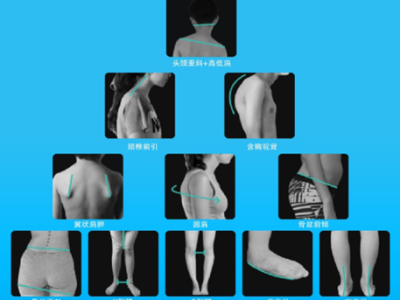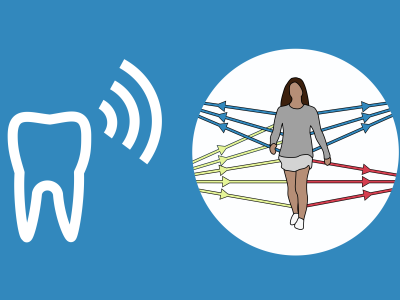
This dataset mentioned in the article "Environment Independent Gait Recognition Based on Wi-Fi Signals". This dataset was collected using a pair of Wi-Fi transceivers gathering channel state information of human walking, with the transmitter featuring an omnidirectional antenna and the receiver having three omnidirectional antennas. Data was collected in four indoor environments, where eight users walked along 24 directions. For specific environments and directions arrangements, please refer to the article. Each user walked ten times in each direction.
- Categories:




